It’s the middle of summer, and unless you’ve gone full lazy-gardener mode, you’re probably spending a lot of time each week mowing the lawn.
But if you’re bagging up all those lawn clippings and dragging them out to your green bins (or hauling them to the dump), then you could be doing your lawn, your lower back, and the environment at large a big disservice.
That’s because leaving the lawn clippings on your garden has some major benefits. To learn more, we spoke with Jason Lanier, a turf management Extension Specialist at the University of Massachusetts Amherst, to get the inside scoop on why more homeowners should unclip that mower bag and let it mulch the clippings right back into the ground.
What are the benefits of leaving lawn clippings?
“Leaving clippings helps with nutrient retention (which can significantly reduce the need for fertiliser),” says Jason. “It also helps to improve soil conditions.” But the biggest benefit? It “eliminates the time, labour, and responsibility involved with collecting clippings.” Why do all that work if it only hurts your lawn?
Are there any drawbacks?
Generally, no.
The biggest reason to remove clippings, says Jason, is typically aesthetic – though he notes that professional groundskeepers will remove clippings from sports fields and golf courses, “where they can interfere with play.”
Can leaving clippings lead to a thatched lawn?
“This is a myth,” says Jason. “In fact, the opposite is true.”
As Jason explains, thatch accumulates when the grass produces organic matter faster than microorganisms in the soil can break it down. This generally happens when the system is out of balance.
“Turfgrass plants [shed] an especially large amount of organic matter,” says Jason. The clippings are only a small part of that. In fact, a lot of it is stems and sheaths which are thicker “and take a relatively long time to decompose,” says Jason.
“Clippings, however, are composed primarily of leaf tissue,” he says, “which is more delicate and and breaks down very quickly.” Providing the microorganisms in the grass with lots of leaf tissue helps feed the microorganisms so they “can more effectively stay ahead of thatch.”
Gheorhge//Getty Images
How do you keep clippings from building up and drying out on a lawn?
Generally, Jason notes, this happens when you let the grass grow too high before mowing. So for starters, “mow a little more often,” he says.
But, Jason warns, you don’t want to mow too often, either. “We generally recommend that folks mow just enough to keep up with growth.”
And the best way to do that? “Don’t mow too low.” A home lawn should generally be mowed at a higher height to keep grass healthy. “When you mow, you should only be mowing about 1/3 of the height in one cut.” Letting it grow a little taller allows the grass to grow a little slower, and lets you cut only what’s necessary.
Jason also recommends “maintaining sharp and well-adjusted blades and not mowing too fast.” This will keep the mower from tearing out portions of grass, and allow the blades to fully process the clippings before they fall back down.
Finally, Jason suggests you avoid mowing when the grass is wet.
If you’re still getting clumps of clippings on the lawn, then you’ll want to look at your equipment. “The fact of the matter is that some mowers do not excel at mulching even under perfect conditions. Others will mulch even pinecones and acorns virtually to dust.”
Is there ever a reason to bag clippings?
Yes, says Jason, but it’s rare.
“In certain cases it’s beneficial to collect clippings,” he notes, but only “when certain weed species that might be present in the lawn are active.” If weeds are releasing seeds, then collecting the clippings can help keep them from spreading. Collecting clippings is also useful “when certain fungal diseases” are releasing their spores.
capecodphoto//Getty Images
Let me just cart off all these nutrients…
I still don’t want to leave clippings on my lawn. Is there a better way to dispose of them?
Even knowing that it’s more work, worse for the garden, and generally not recommended, if you do decide to haul off your clippings, there are better things to do than haul them to the dump.
Jason recommends “incorporating collected clippings into compost and using that for other gardening endeavours.” One caveat: “It’s important to be aware of any pesticide residues that may be present.” If you’re treating your lawn with pesticides, you may not want the clippings to end up in compost that goes into your vegetable garden.
Finally, Jason says: “always follow local composting regulations. You want to avoid leaving clippings on hard surfaces or disposing of them improperly, Then they can be a source of pollution.”
Garden and Lawn Must-Haves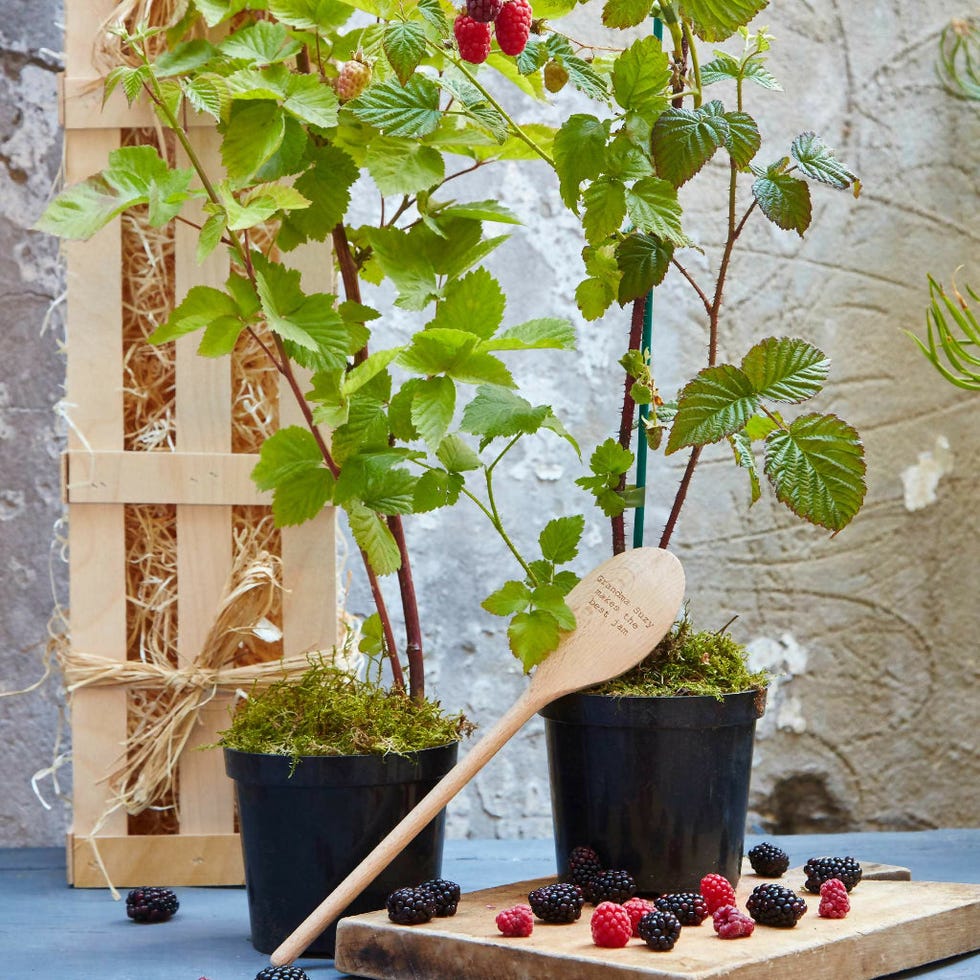
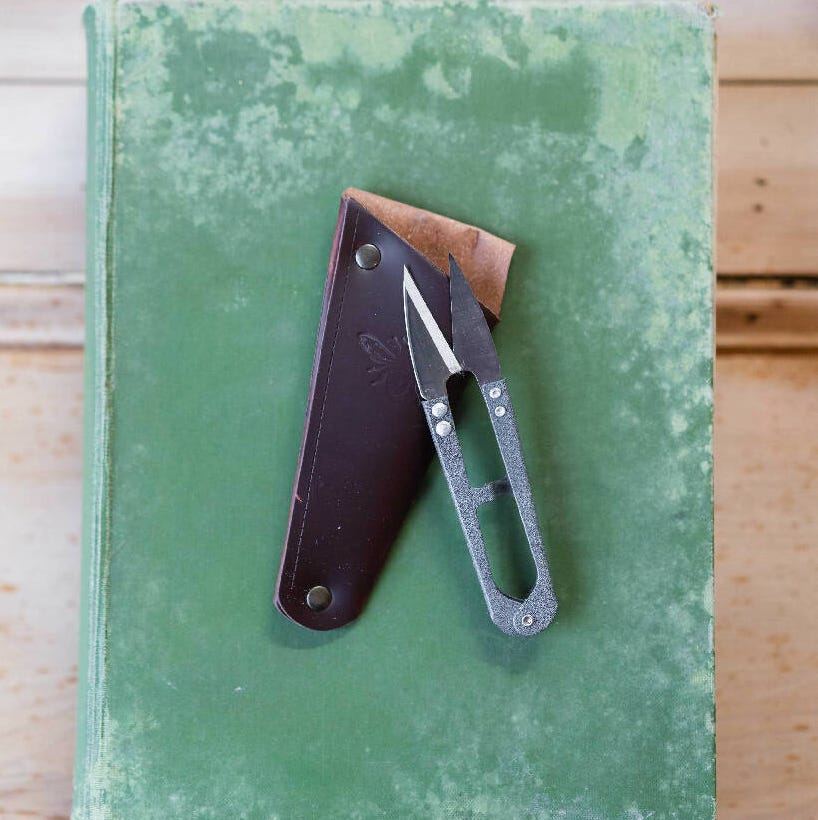 Garden Snips in Leather Pouch
Garden Snips in Leather Pouch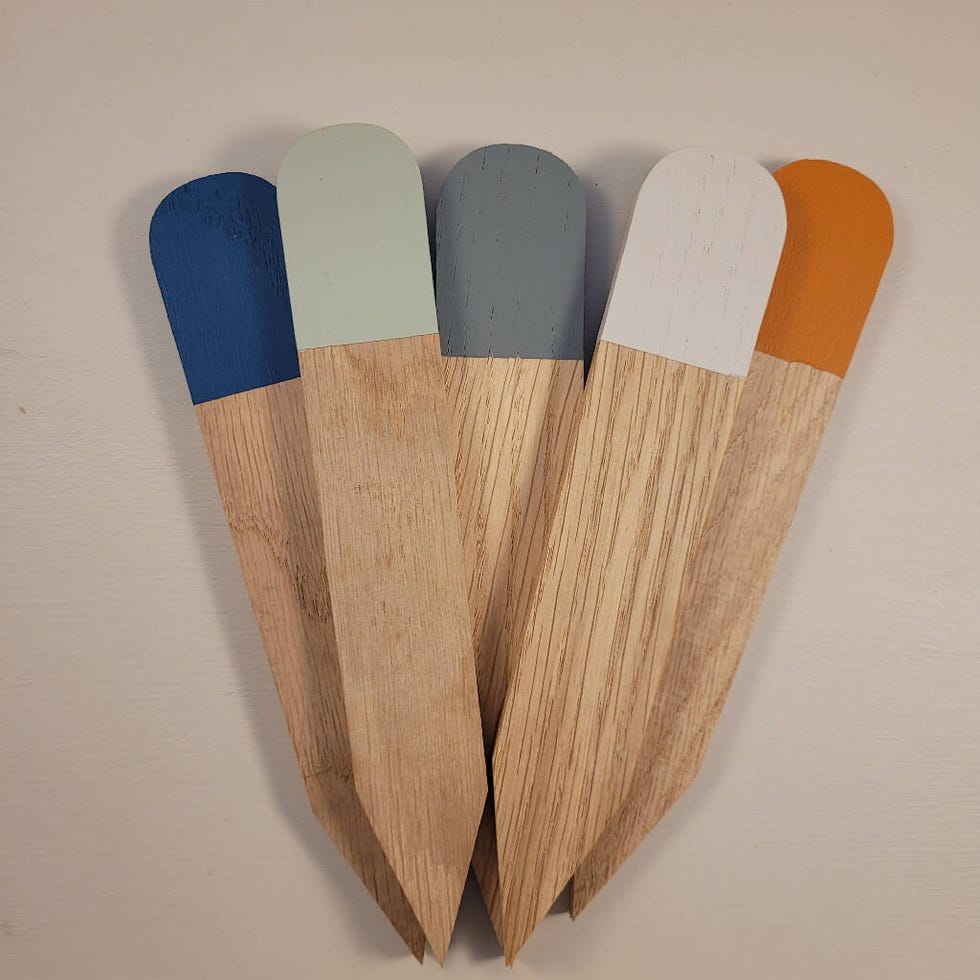 Painted Garden Label/Marker
Painted Garden Label/Marker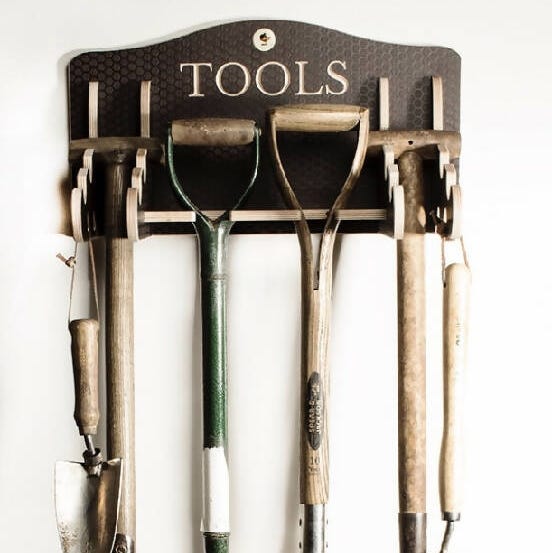
 NEW! ‘Sienna’ 2.2m Premium Solid Wood Outdoor Parasol Umbrella
NEW! ‘Sienna’ 2.2m Premium Solid Wood Outdoor Parasol Umbrella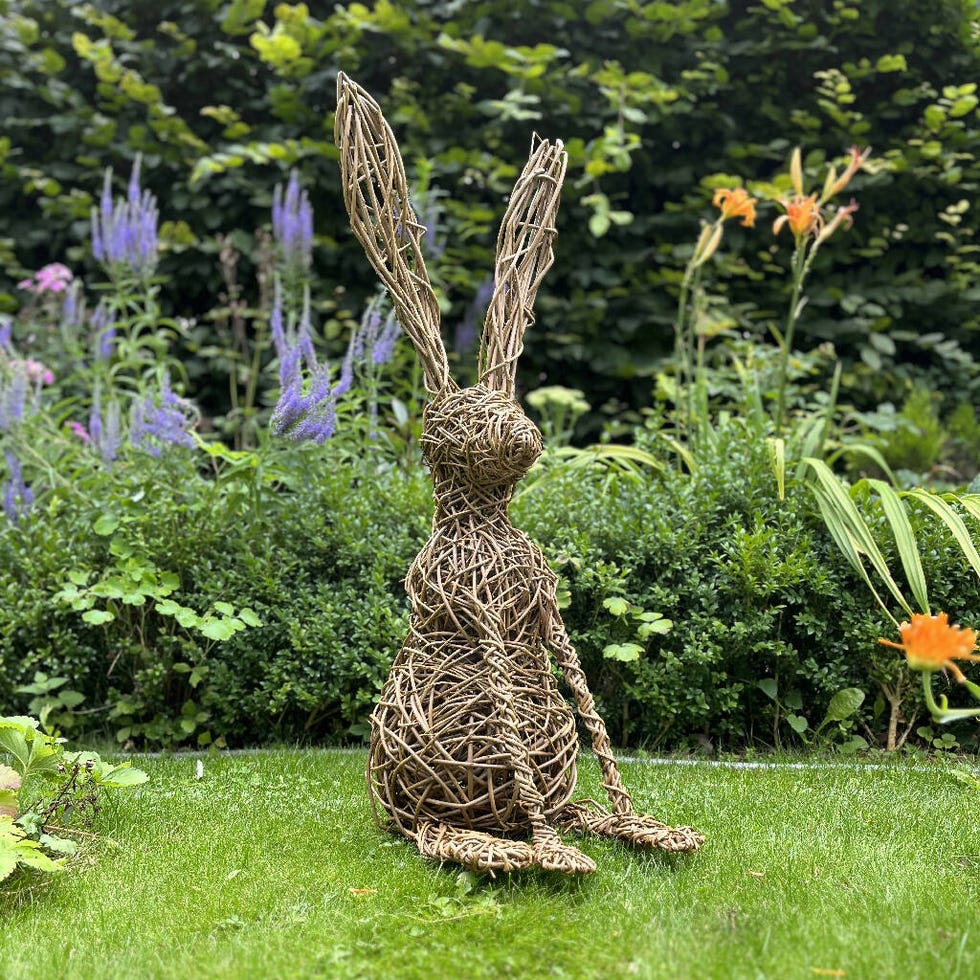

Christopher Michel has been the Senior Food and Gardens Editor at Country Living Magazine since March of 2021. Chris has over ten years of experience writing and editing for national magazines and websites, mostly in the food space, such as Cooking Light, The Kitchn, Rodale’s Organic Life, and Bon Appetit. Prior to that, Chris worked in a variety of food spaces in New York City. In 2022, Chris completed the Alabama Master Gardener’s Program hosted by the Alabama Cooperative Extension System.
Chris lives in Birmingham, AL, where he enjoys running, reading, and cooking for his wife and two girls.
Jason Lanier is an Extension Specialist and Group Leader, specializing in Turf Management at the UMass Amherst Extension, in Amherst, MA. Jason’s professional expertise is in plant stress physiology, water and nutrient management, and sustainability among other things. Learn more about Jason here.

